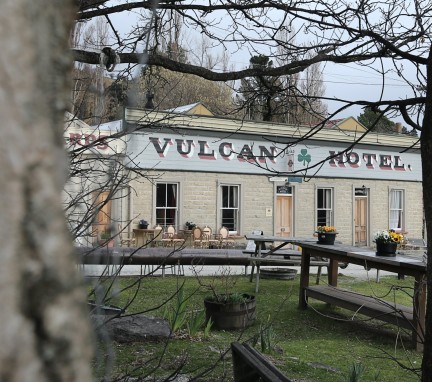Take your camera when you visit this tiny one-street village in the northern reaches of the Manuherikia Valley. The picturesque blue lake is famous, but one look at the old historical buildings in St Bathans tells you that here is another fascinating story from the past.
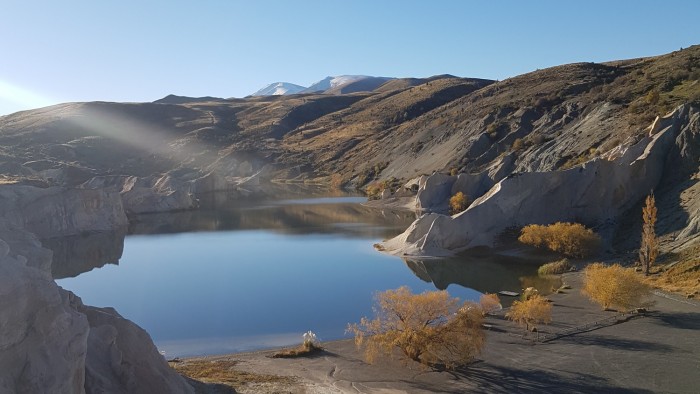
Only a handful of people live here now, but this former gold mining town was once home to 2000 people. Like every gold mining town they had several hotels, now only the Vulcan Hotel remains. You can stay here – and the ghost in Room 1 is reportedly quite friendly!
The town, of course, also had a Post Office (it’s still working), a Bank and a gold office, the constable’s cottage and gaol, as well as St Albans church – one of the first pre-fabricated buildings in the country, funded by Frederick Dalgety (stock & station agent company). They are all still here, in an unspoiled state.
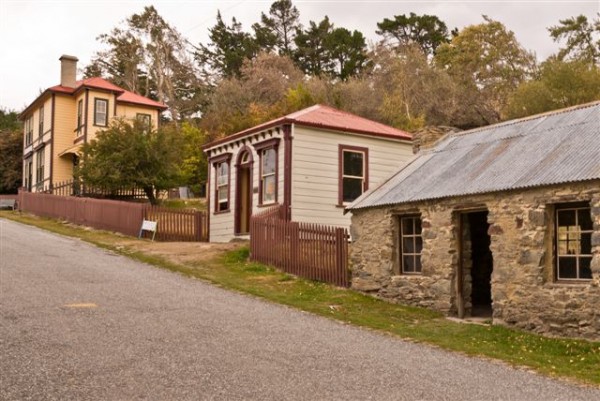
The other reminder of the gold miners is more unusual – a lake. For years the Kildare Mining Company used their water cannons to demolish Kildare Hill and with their hydraulic excavators they sucked out a huge pit, which became the Blue Lake. They uncovered vast riches in the process, until the fear that they would undermine the town made them stop in 1934.
St Bathans Hall - The oldest continually used mud brick hall in New Zealand. It was built in 1892/93 by the local publican as a public hall ‘suitable for theatrical and other entertainment’. Later uses included a Masonic Lodge, school room, mining company office, picture theatre and dance hall. It is now classified as a Category II historic place and is one of 21 sites in the Otago Goldfields Park.
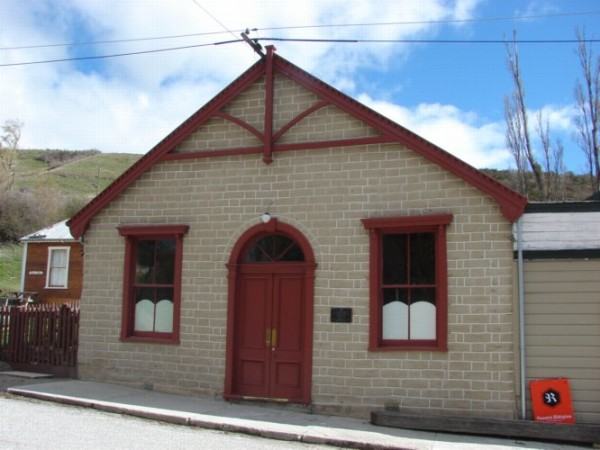
It is typical of community halls built during the gold mining years, though rare in its large size. An original mural at the back of the stage adds a distinctive air of the past to the interior. The hall is held in high regard by the St Bathans community, who have united to ensure its retention and regular use. Many of them have direct links to the miners and settlers who originally used the hall.
The St Bathans Hall is open to the public from Labour Weekend to Easter every year.
Patrick's Church and Cemetery - the only example of its kind in Central Otago.
While less common in New Zealand, church graveyards were once the only place for burials in the British Isles, until the public cemetery movement in the early 1800s.
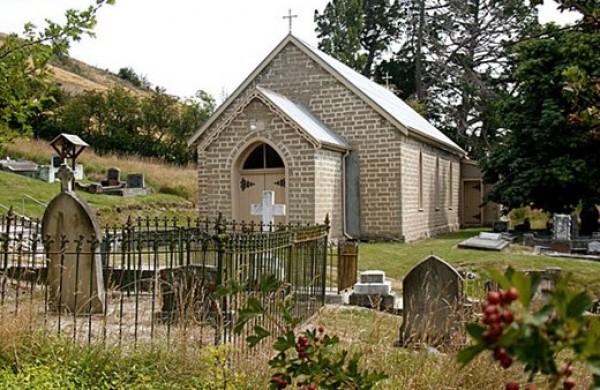
Photo: Heritage New Zealand
This graveyard is set around the mud brick-constructed St Patrick's Church erected in 1892 and built to replace an earlier church destroyed by a storm in the 1870s. With many of the early gold miners being of Irish descent, some are likely to have been buried in this cemetery.
Blue Lake Walk - You can walk right around this bright blue lake, which is ringed by spectacular white quartz cliffs, sculpted by the miners – it will take about 20 minutes, unless you keep stopping for photographs.
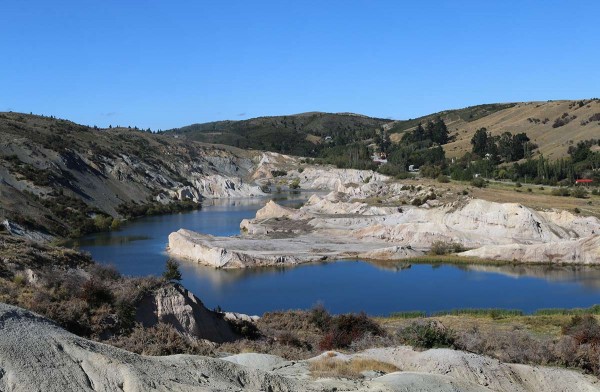
You can reach St Bathans from several access points along the Rail Trail, but Lauder would be the closest.

